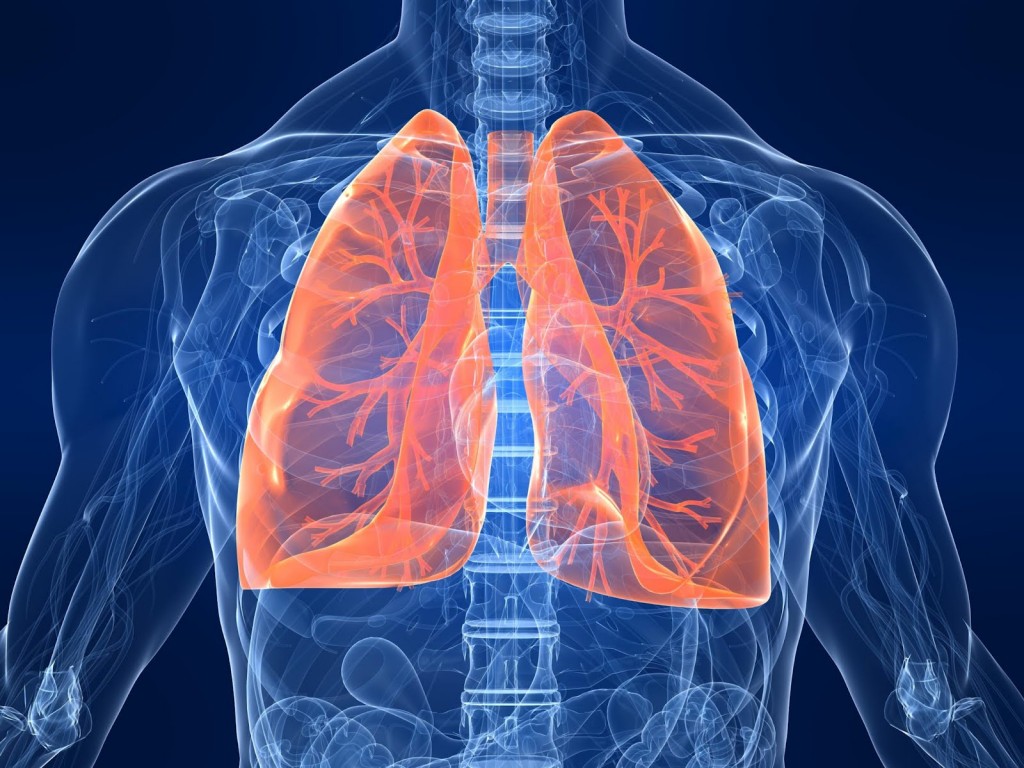I
f you have asthma, chronic obstructive pulmonary disease (COPD) or any other chronic respiratory condition, sticking to your treatment plan is essential to reduce symptoms and maintain as much lung function as possible.
With asthma, creating an action plan in partnership with your doctor is the first step. Your doctor can help guide you through the process of taking your medication correctly, identify things that can trigger your asthma, such as pet dander or pollen, and prepare you for a potential asthma attack by telling you what to do if you should experience one.
Your doctor can also help identify which medications you should take to control your asthma. You may need to take a long-term control medicine for your asthma, use an inhaler for quick relief or utilize a combination of both. In addition, the treatment you need may change over time, especially if you have what’s referred to as exercise-induced asthma.
For COPD, a condition that blocks the tubes that carry air in and out of your lungs, symptoms develop slowly and worsen over time. If left untreated, COPD can become severe, making it difficult for you to perform even basic tasks such as walking or dressing.
Emphysema and chronic bronchitis are the two main conditions that comprise COPD. Symptoms include constant coughing, shortness of breath, wheezing and excess sputum production, which is mucus that lubricates and protects your respiratory system from inhaled debris, dust particles and bacteria. Other symptoms may include feeling like you can’t breathe and not being able to take a deep breath.
A simple breathing test called spirometry can help detect COPD. So if you have any symptoms, see your doctor as soon as possible.
In addition to asthma and COPD, there are a number of other respiratory conditions, each with its own type of treatment. Sleep apnea, for instance, causes you to stop breathing intermittently during sleep and is considered a lung condition. It can often be managed by losing weight, quitting smoking or using a continuous positive airway pressure machine that keeps airways open while sleeping.
If you experience trouble breathing and haven’t been diagnosed with a respiratory condition, talk to your doctor. Your doctor can administer tests that can help identify your condition and prescribe a treatment plan that is right for you.
Once you have been diagnosed with a respiratory condition, it is important that you take your medication, such as an inhaler, as directed by your doctor and that you see your physician regularly to check on your condition.
If you smoke, it is important that you quit to prevent more damage to your lungs. In addition to helping you live longer and healthier, quitting smoking also helps to lower your risk for lung cancer, heart attack, stroke and chronic lung disease, thereby improving your overall health.
For those with a chronic respiratory condition, a treatment plan and lifestyle changes can begin to help make breathing easier.
William Gillespie, M.D., is Chief Medical Officer of EmblemHealth, which has opened EmblemHealth Neighborhood Care in Harlem to provide wellness information and health care solutions. He also is President and CEO of AdvantageCare Physicians, which includes the Queens-Long Island Medical Group.

